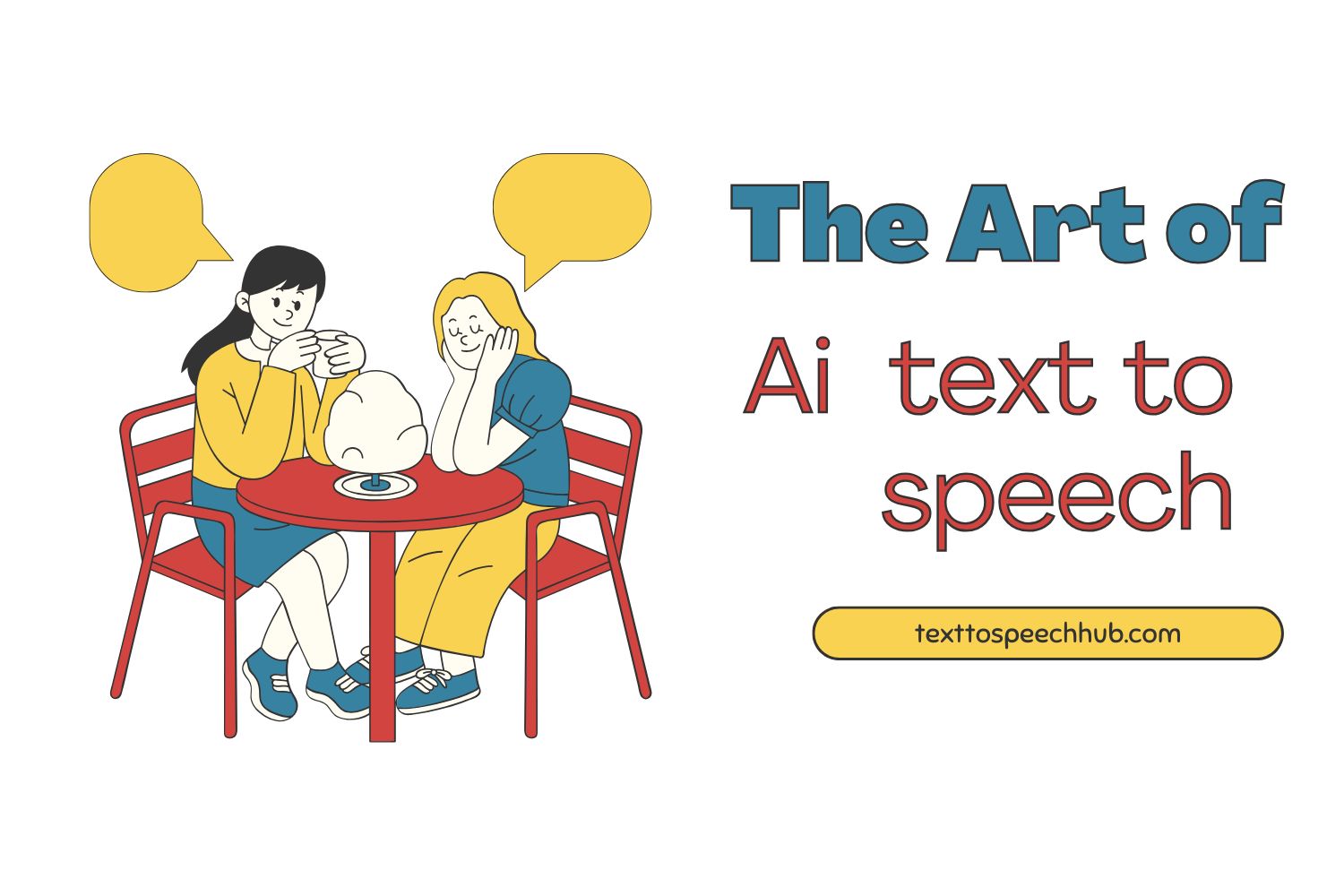The Future of AI-Powered Text-to-Speech hub Technology

Introduction
In recent years, AI-powered text-to-speech (TTS) technology has transformed the way we interact with digital content. From audiobooks and podcasts to voice assistants and customer service chatbots, TTS technology is making digital communication more accessible and engaging.
But where is this technology headed? Let’s explore the latest advancements and the future of AI-driven speech synthesis.
1️⃣ How AI Has Improved Text-to-Speech 🏆
Older robotic and monotone voices have now been replaced with lifelike, human-like AI voices. Thanks to advancements in deep learning and neural networks, TTS engines like Amazon Polly, Google WaveNet, and OpenAI's models can generate speech that includes:
✅ Emotions & Expressiveness – AI can now sound happy, sad, excited, or neutral.
✅ Multiple Accents & Languages – Supporting over 70 languages & accents.
✅ Adjustable Pitch & Speed – Users can customize voice tone and pace.
✅ SSML (Speech Synthesis Markup Language) – Allows pauses, emphasis, and tone control.
2️⃣ The Role of AI in Accessibility 🌍
AI-powered TTS technology is crucial for breaking down barriers for people with disabilities.
💡 For the Visually Impaired – Screen readers powered by AI help users navigate digital content effortlessly.
💡 For Dyslexic Readers – AI TTS enables users to listen instead of reading, making learning easier.
💡 For Multilingual Users – AI voice synthesis allows real-time translation and multilingual narration.
With AI-generated voices, accessibility is no longer an afterthought—it’s becoming a core feature in modern apps.
3️⃣ The Future of AI Text-to-Speech 🔮
What can we expect from TTS technology in the next 5 years?
🚀 1. Ultra-Realistic AI Voices – AI will perfectly mimic human speech, making it nearly impossible to distinguish between a real human and AI-generated voice.
🚀 2. AI Voice Cloning – Users will be able to train AI on their own voice, enabling businesses to create personalized brand voices.
🚀 3. Real-Time AI Translation – AI TTS will allow users to speak in one language and be instantly translated into another with a natural-sounding voice.
🚀 4. Integration into Every Device – From cars and smart homes to education platforms, AI TTS will be everywhere.
4️⃣ How Businesses Can Leverage AI TTS 💼
AI TTS technology isn’t just for accessibility—it’s a game-changer for businesses. Here’s how companies can benefit:
📢 Marketing & Ads – AI-generated voices are being used in video ads, social media content, and podcast sponsorships.
🎧 Audiobooks & Podcasts – AI can generate high-quality narrated content at a fraction of the cost.
🎙️ YouTube & TikTok Creators – AI TTS helps content creators generate voiceovers without expensive studio recordings.
📞 Customer Service AI Assistants – Chatbots and virtual assistants now use realistic AI voices to enhance user experience.
Final Thoughts 💡
The future of AI-powered text-to-speech is bright and limitless. As technology continues to evolve, TTS voices will become indistinguishable from humans, enabling more natural, engaging, and accessible experiences for users worldwide.
🚀 What do you think about AI text-to-speech? Will it replace human voiceovers entirely? Let us know in the comments!